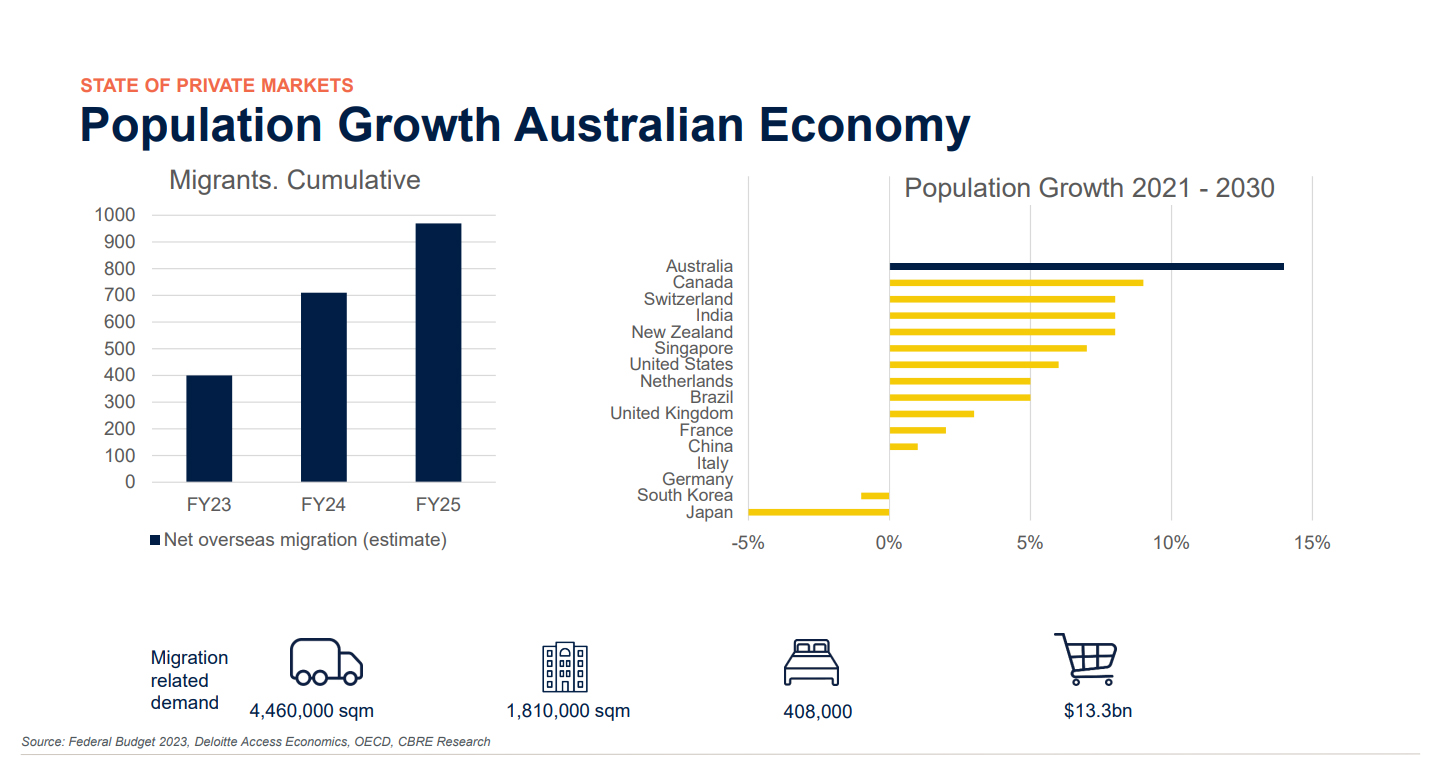
What caught my eye – October 2023
Hey there, I hope your week’s been a blast!
We’ve been on quite the rollercoaster this past month. We celebrated a whole year since Robert Falconer waved goodbye to the work grind and passed the torch to the “younger” gang. Oh, and guess what? We also popped open a new office in sunny Bayside Melbourne on Bluff Road, Black Rock. Time sure flies, right?
In this edition of WCME, we’re diving into the crystal ball to peek at the future of Australian housing prices. We’ve been sifting through KPMG’s latest report and soaking up the wisdom from manager presentations we’ve been crashing – and guess what? It’s not all gloom and doom!
As always, our articles are like a burst of knowledge sunshine – informative, enlightening, and a bit of brain food, but remember, it is certainly not to be construed as person advice. We love hearing from you, so don’t be shy. Any feedback, questions, or random thoughts, contact me.
Cheers, Scott.
Hobart and Melbourne house prices are set to jump over 10% in 2025
From a KPMG media release 25th Sept 2023, “House prices to surge in FY25
House prices in Australia are set to increase significantly in the coming years, according to KPMG’s new property report.
On average, national house prices are expected to rise by 4.9% in the next 9 months and then surge by 9.4% by June 2025. Apartment prices will also see a rise of 3.1% by next June and a 6% increase over the following 12 months.
Perth will experience the highest house price increase at 8.4% over the rest this financial year (to the end of June 2024), but Hobart is projected to outpace other cities in the 2025 Financial Year (FY) with a surge of 14.2%. Hobart’s units are also expected to perform well with increases of 8.7% and 10% over the same period.
Melbourne house prices are expected to rise 4.9% (this FY), followed by a 12% rise in the 2025FY. Units by 3.1% and 7.0% respectively.
The report highlights various factors affecting property prices, including limited supply, high demand, migration, potential rate cuts, and more relaxed lending conditions. However, mortgage stress is a restraining factor as first-time buyers need to allocate more of their earnings to mortgage payments.
Regional variations in prices have been significant in the three years since the start of COVID-19, with Adelaide’s houses (up 40% from June 2020 to June 2023) outperforming the national average, while Sydney and Melbourne experienced declines in house prices.
The report also notes changing factors since the pandemic, such as shrinking approvals, rising building material costs, increased migration, and recovering foreign investment. Rising rental costs (KPMG’s estimate is for 5.6% annual rental growth over the next 2 years) are also expected to contribute to higher dwelling prices as more renters aim for homeownership.
In conclusion, the report suggests that there are various factors likely to drive property prices up, while mortgage stress remains a concern for some homeowners, albeit not enough to stop solid house price growth.
Population growth.
KPMG’s report highlights increased migration as a big contributing factor to house price growth and stability. In a recent presentation, Adrian Redlich (Executive Chairman and Chief Investment Officer, Merricks Capital) highlighted the expected population growth across the world, but focusing on Australia.
The charts (below) he presented paint a pretty resounding picture for the support of house price growth!


